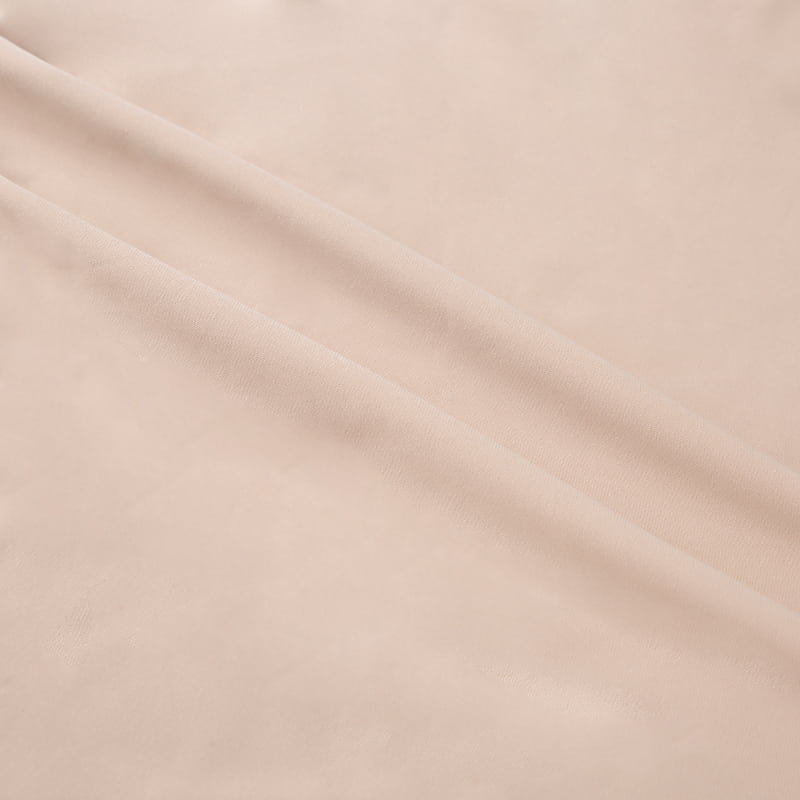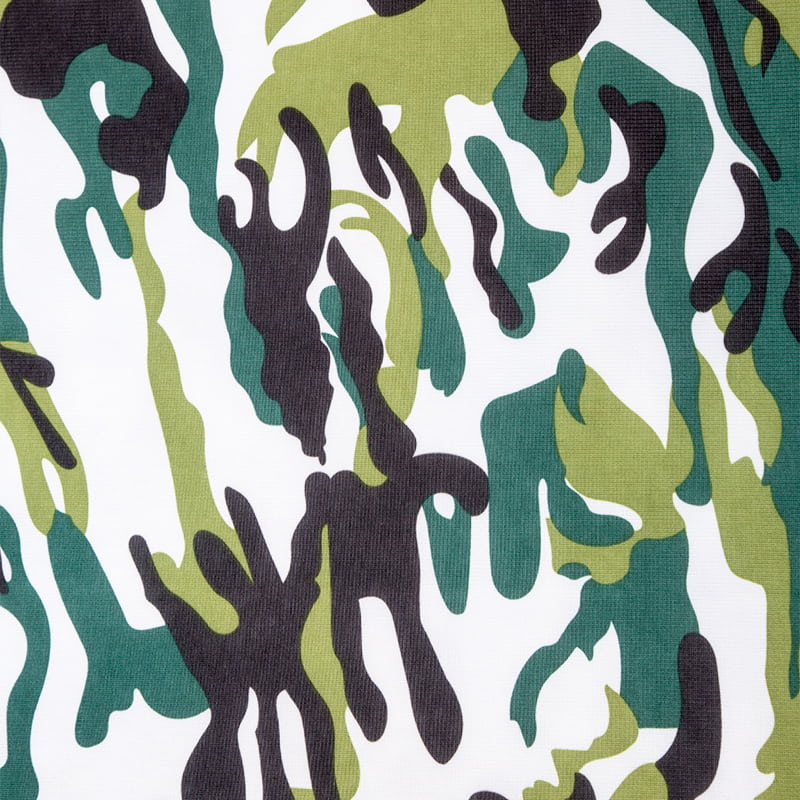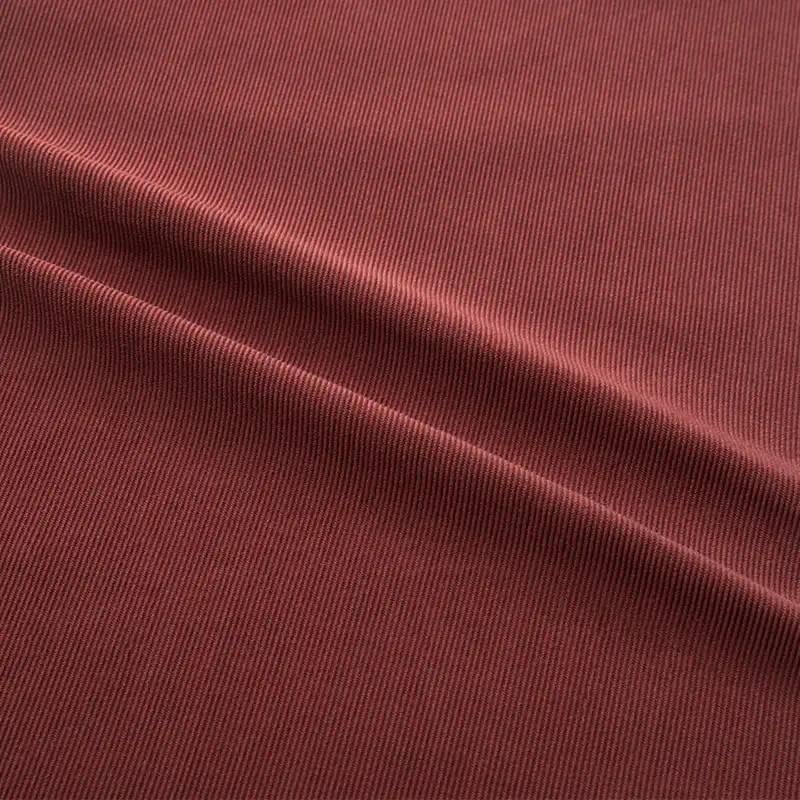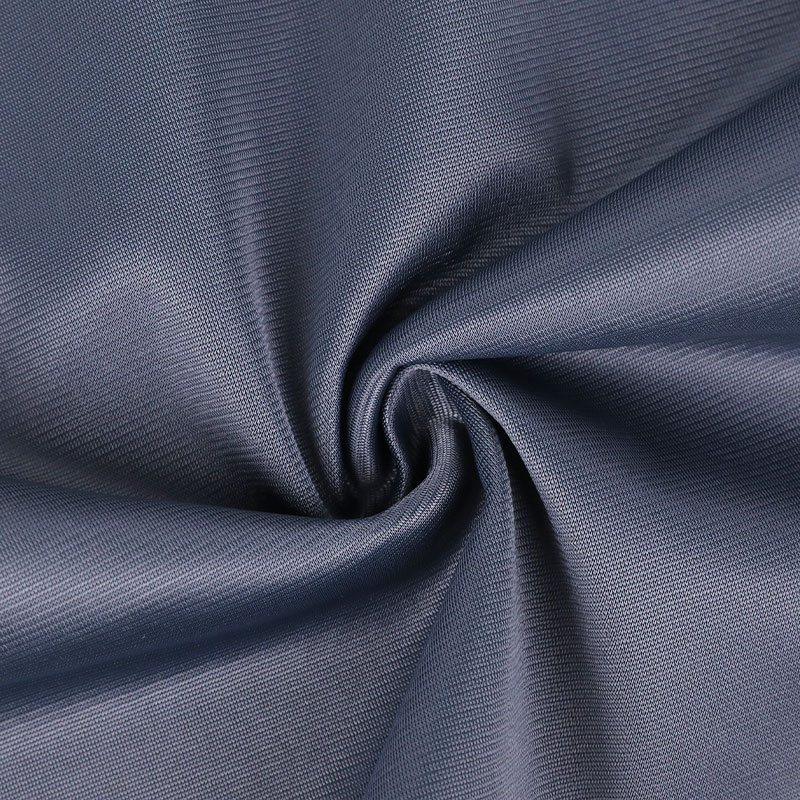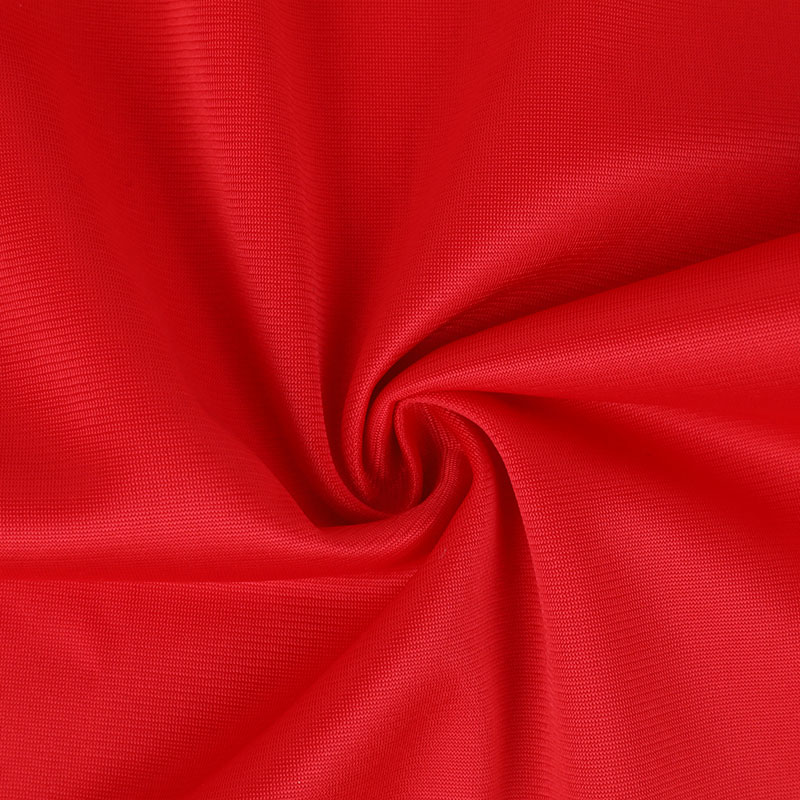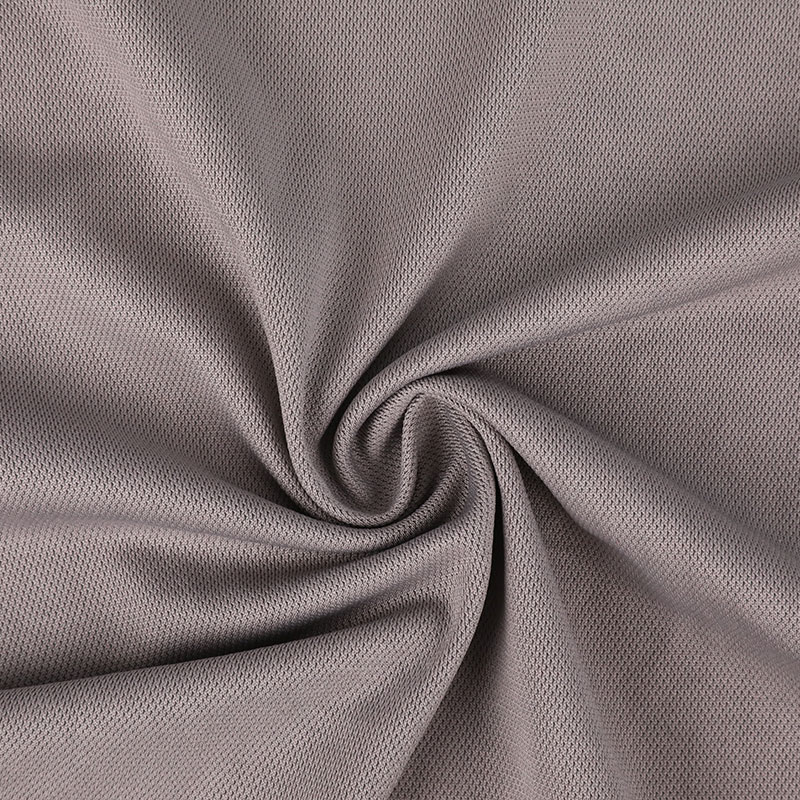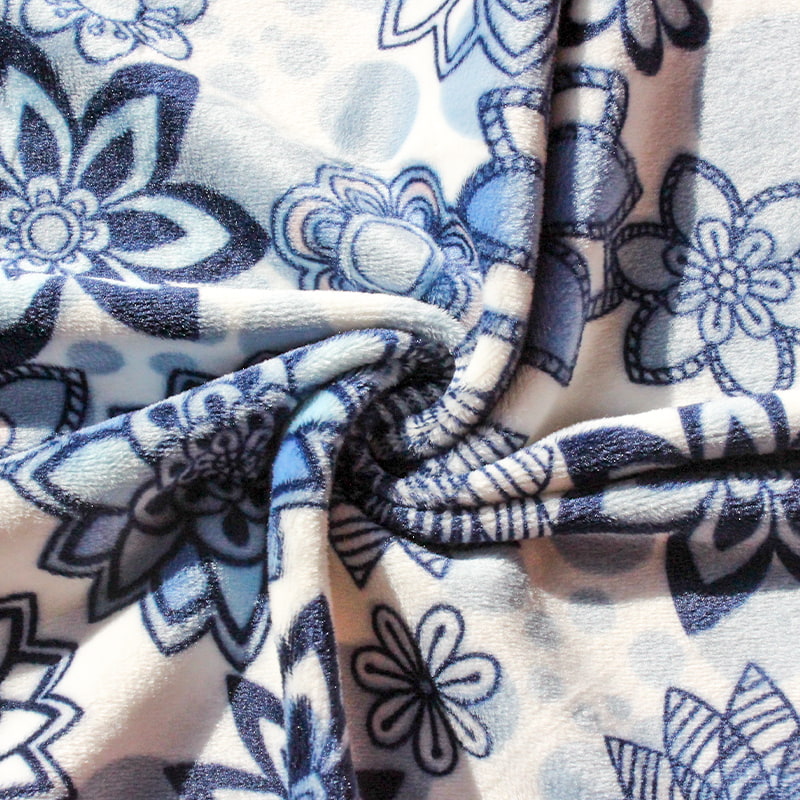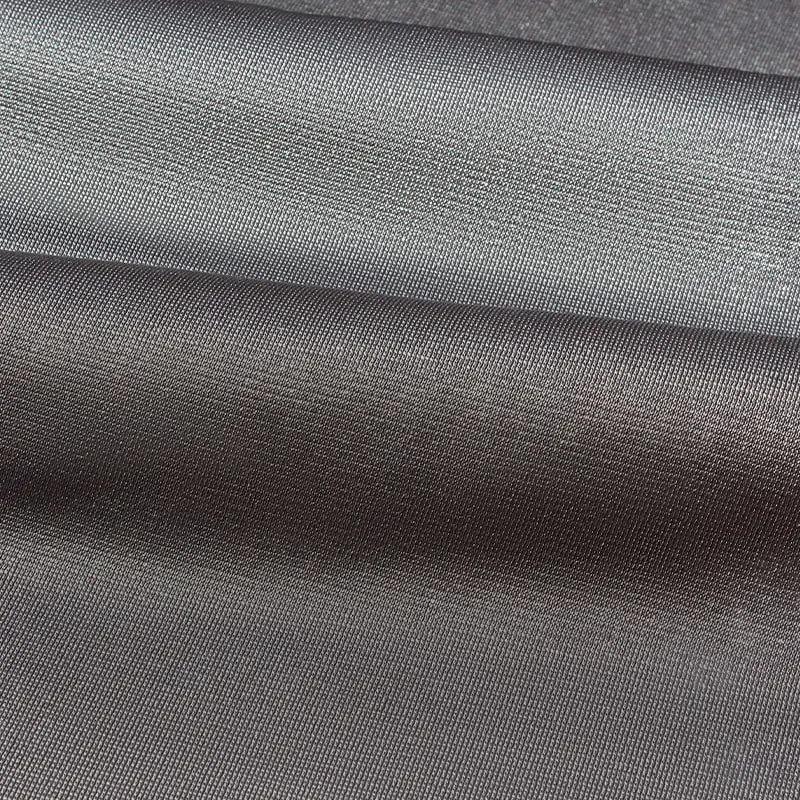In today's rapidly developing textile industry, Tricot Fabric, as a high-performance and efficient weaving method, is gradually entering the public eye. Compared with traditional weft knitted fabrics, Tricot Fabric shows unique advantages in weaving structure, mechanical properties, functional extension and application range. It is not only an important part of modern high-end textiles, but also the core pillar of the development of functional and intelligent textile materials in the future.
Warp knitting refers to the method of using multiple sets of warp yarns to weave cloth longitudinally along the cloth surface at the same time. It is different from the "cross-weaving of the whole cloth with one line" of weft knitting. Through high-speed warp knitting machines, the yarn organization with complex needle position arrangement is completed in an instant, making the fabric more stable in structure and almost impossible to fall apart. This longitudinally arranged structural characteristic gives warp knitted fabrics good dimensional stability, wrinkle resistance and excellent tensile strength, so it has been widely recognized in many industrial and high-end consumer product fields.
The flexibility and lightness of Tricot Fabric make it extremely comfortable in close-fitting clothing, especially in sportswear, swimwear and underwear. Its good resilience and strength ensure the fit and support when worn. At the same time, it has good breathability and moisture absorption and perspiration function, and can still keep dry and comfortable in high-intensity sports scenes. At the same time, by changing the needle structure or introducing elastic yarn, warp knitted fabrics can also achieve a variety of extensions from compression function to shaping function, providing unlimited possibilities for the development of functional clothing.
In the context of environmental protection and sustainable development becoming a global consensus, Tricot Fabric has shown strong adaptability. Many companies are actively using green fibers such as recycled polyester fibers and bio-based materials, and remanufacturing them through warp knitting technology, which not only reduces resource waste, but also improves the environmental performance of fabrics.
The design freedom of Tricot Fabric is also constantly improving. Through digital control and image programming, designers can achieve a perfect fusion of personalized patterns and functionality. In recent years, some high-end fashion brands have also begun to try to apply warp knitted fabrics to fashion design, breaking the stereotype of traditional warp knitting as "function-oriented". Soft warp knitted lace and three-dimensional warp knitted lace are becoming the highlights of high-end fashion shows, giving warp knitted materials a new aesthetic value and commercial vitality.
Warp knitting is not only a weaving process, but also a fusion of textile technology and modern industry. It tells the story of the fusion of technology and aesthetics with precise structural language. In the future textile world, warp knitted fabrics will continue to lead technological development and consumption upgrades with their unique advantages. Whether in competitive sports, in smart wearable devices, or in a sustainable green product system, warp knitted fabrics will become an indispensable force - using warp as the skeleton to weave new possibilities for the textile industry.

 English
English Español
Español